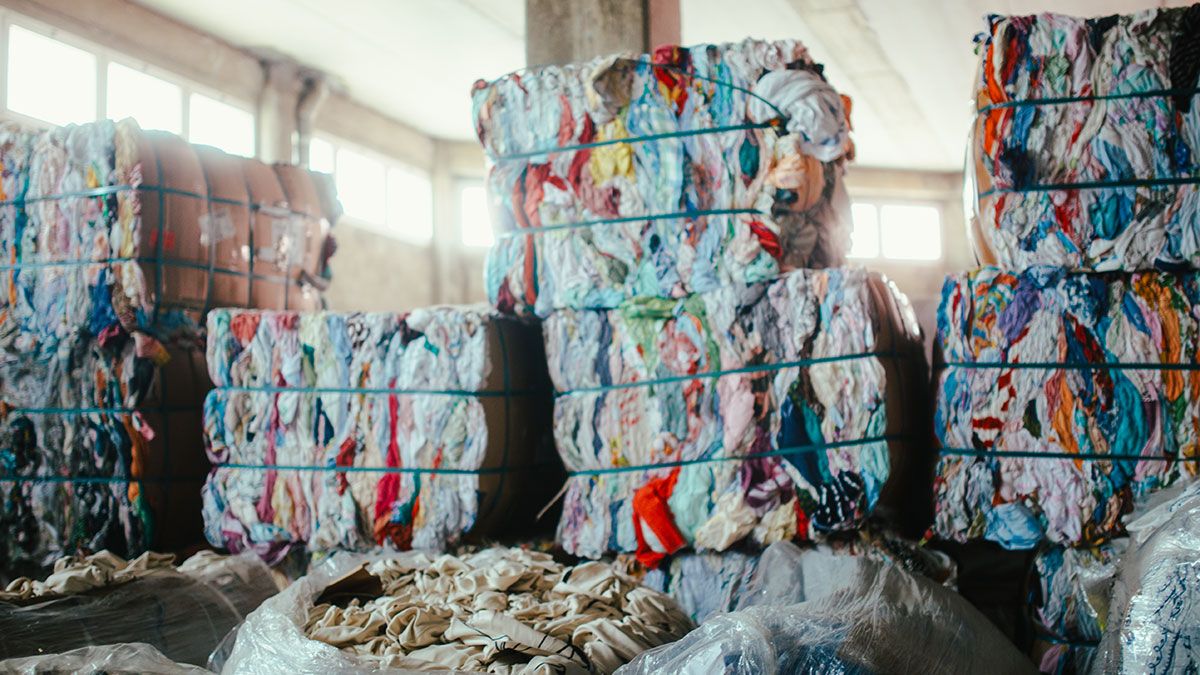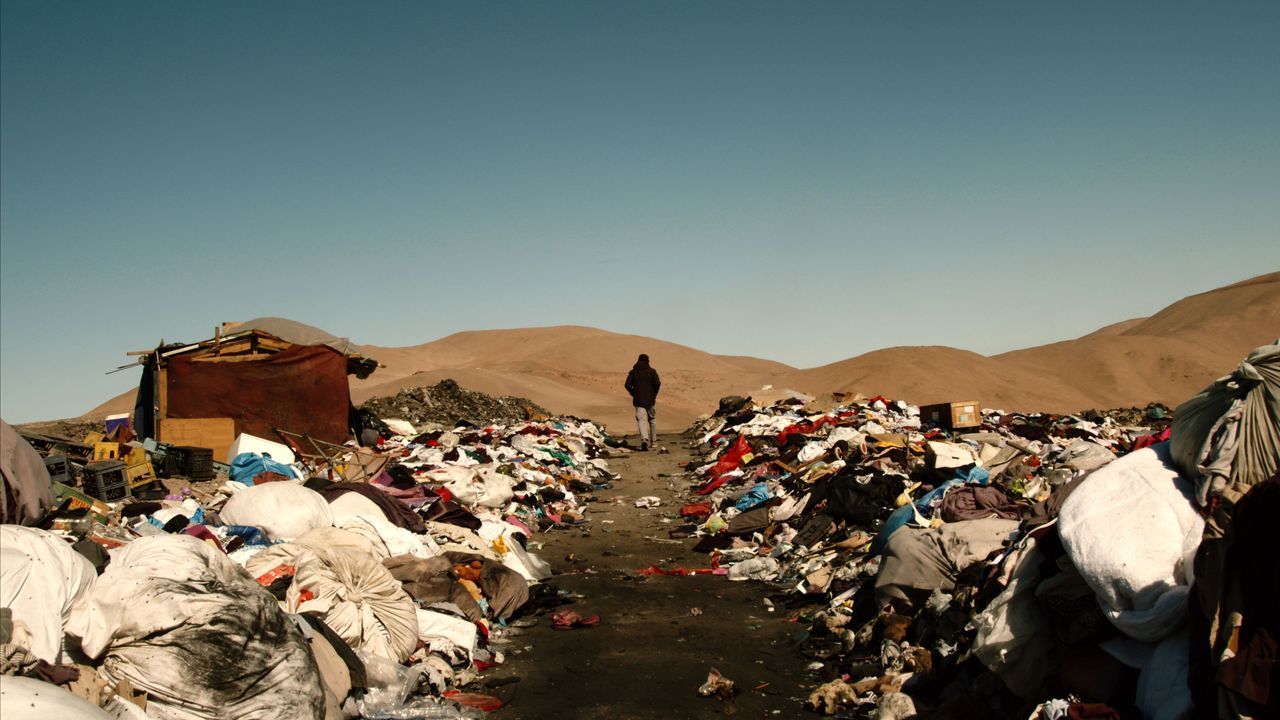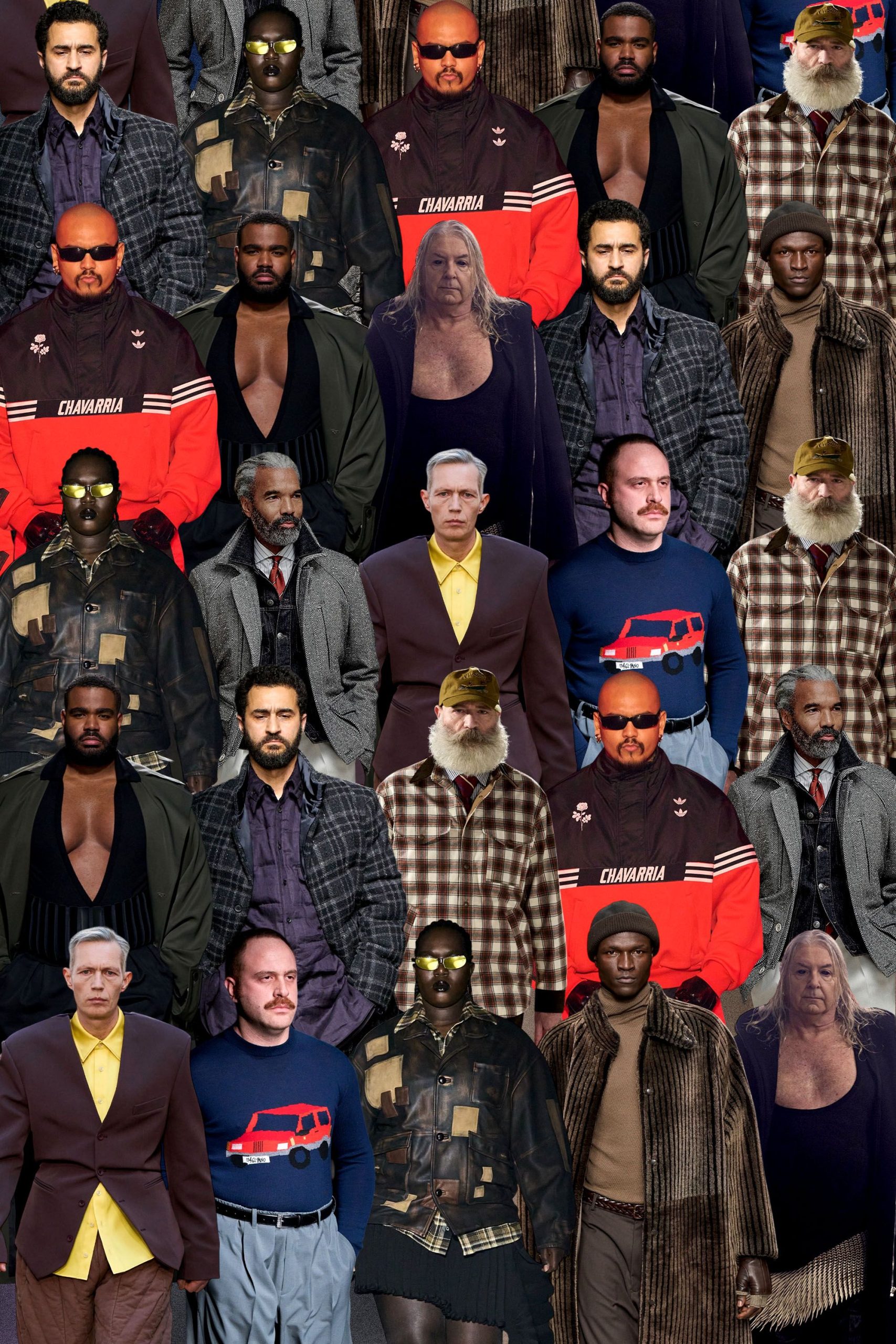
Fashion is on track to whoosh right past its climate targets, despite much talk about progress. One of the main reasons? The industry refuses to tackle growth (or even disclose production volumes).
In its latest report, non-profit Textile Exchange is facing this challenge head-on. The report is intended to “challenge preconceptions about growth”, says sustainability strategist and report author Rachel Arthur. “Reimagining growth is not just an economic shift but a cultural and systemic one.”
Degrowth: The future that fashion has been looking for?
We highlight small-scale case studies of degrowth in action, as academics and activists place greater emphasis on the model as the way forward for fashion.

This conversation is long overdue, adds Beth Jensen, senior director of climate and nature impact at Textile Exchange, which has its own goal of helping the industry reduce greenhouse gas emissions from raw materials sourcing by 45 per cent before 2030. “We cannot keep going down a path of unchecked growth as traditionally defined and expect to stay within planetary boundaries. In order to ensure the resiliency of businesses and the industry into the future, as well as to achieve corporate climate and nature targets, it is now a necessity to consider ways to create business value outside of continually increasing the amount of new materials extracted and new products made,” says Jensen.
The report is based on a literature review of growth resources and critiques, as well as a survey of 149 fashion professionals exploring the terminology around production volumes and revenue growth targets relative to sustainability, and consultations with a further 27 anonymous professionals.
It includes several recommended “pathways for change” for brands and retailers. This includes eliminating the use of virgin fossil-based synthetic materials and swapping them for sustainably sourced renewable and closed-loop, textile-to-textile recycled feedstocks. Textile Exchange also proposes scaling circular business models such as repair, resale and rental, and eliminating marketing practices that drive overconsumption and overproduction — as highlighted in Arthur’s 2023 report for the United Nations Environment Programme (UNEP), the Sustainable Fashion Communication Playbook.






